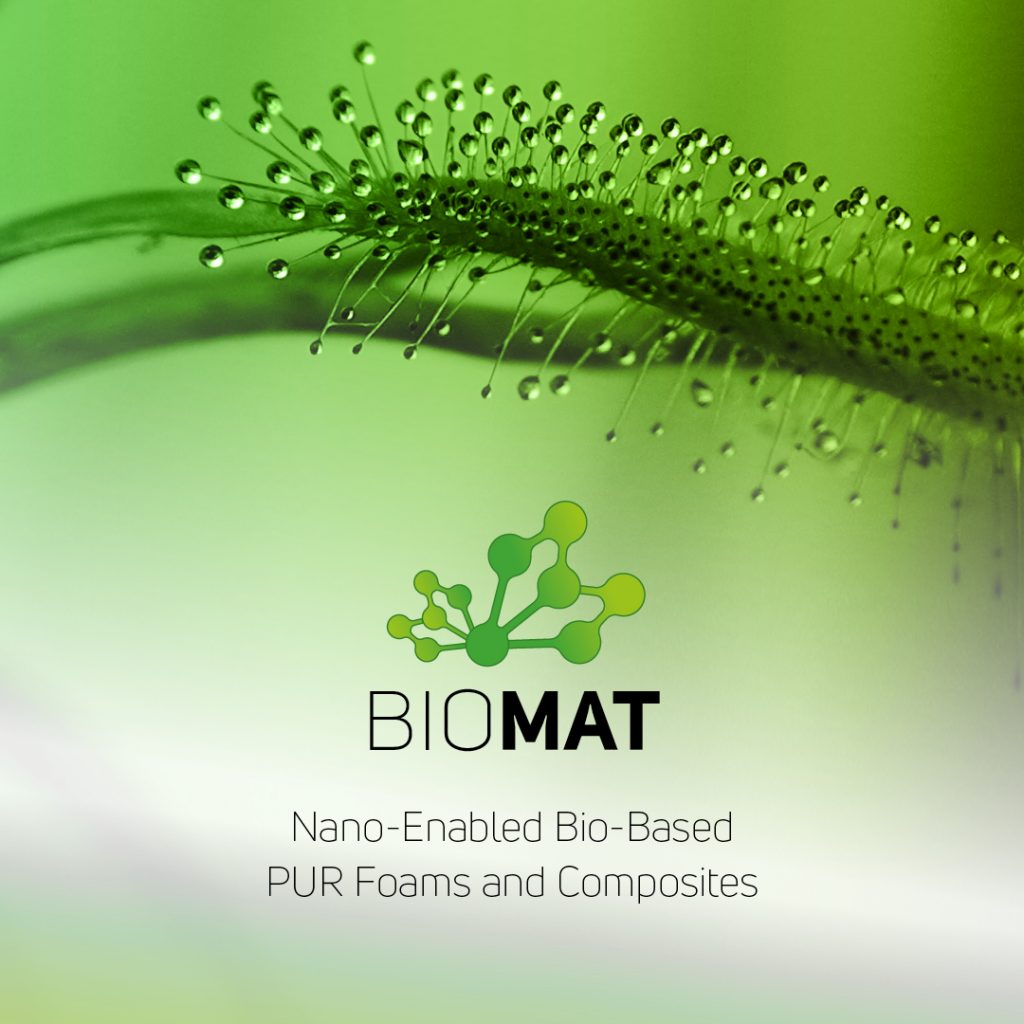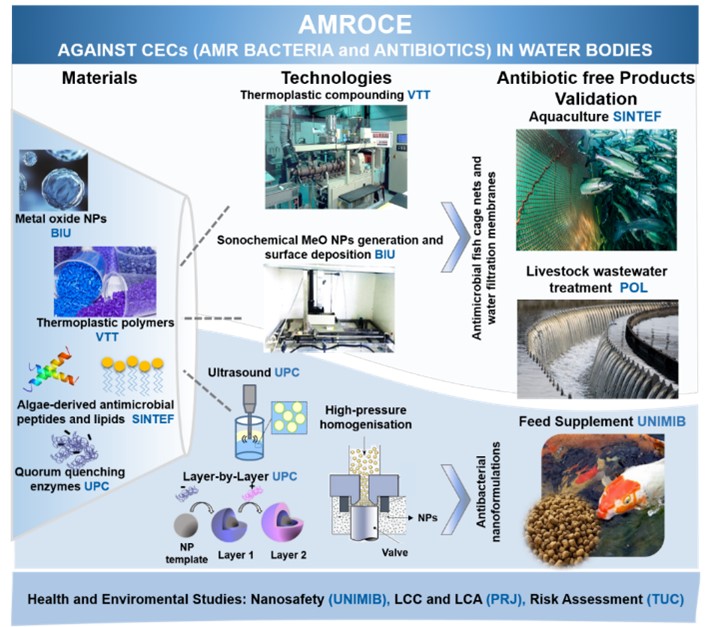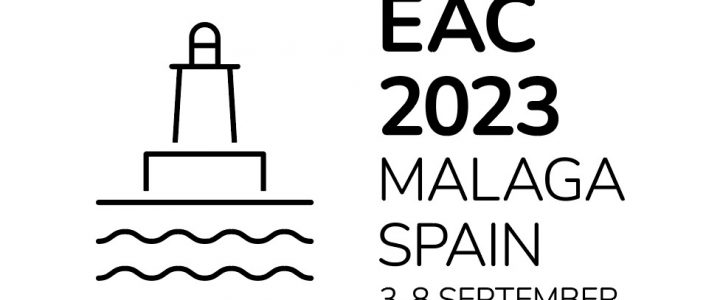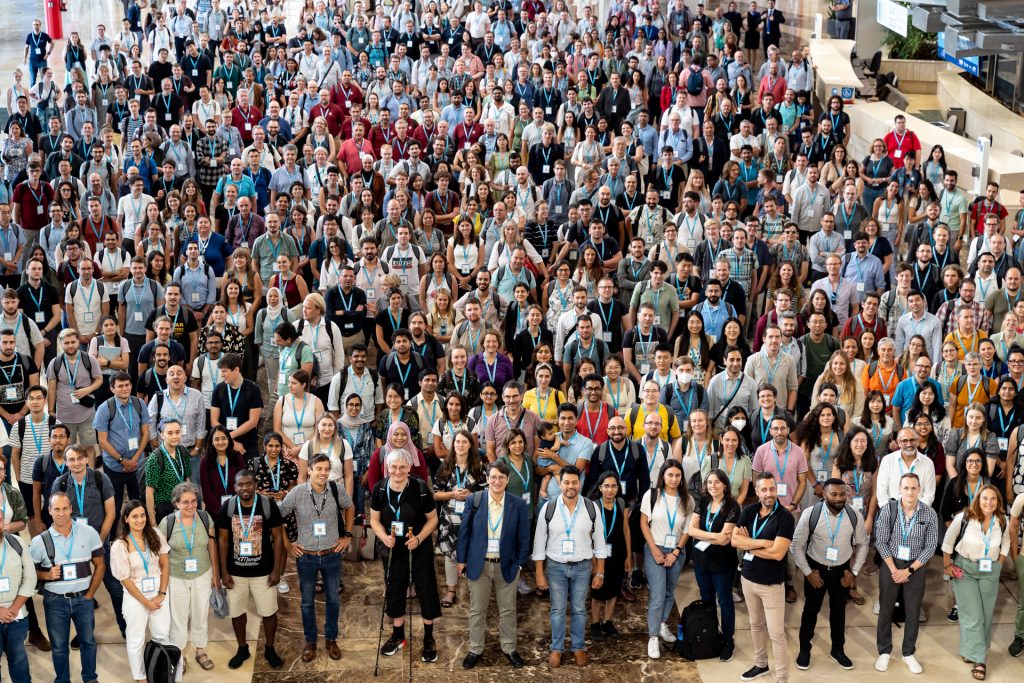
BIOMAT – Open Innovation Test Bed for Nano-Enabled Bio-Based PUR Foams and composites
The POLARIS Research Center is involved in the European BIOMAT project, funded by the European Commission in the Horizon 2020 framework (Grant Agreement nr.) with the aim of establishing an Open Innovation Test Bed (BIOMAT-TB) with a Single-Entry Point (SEP) . The aim of this project is to accelerate a sustainable European bioeconomy through the development of nanomaterial-based and advanced polyurethane foams (PUR Foams) for various companies (building, construction, automotive, furniture, textiles).
Project ID:953270; Call ID: H2020-EU.2.1.3. – INDUSTRIAL LEADERSHIP – Leadership in enabling and industrial technologies – Advanced materials; H2020-EU.2.1.2. – INDUSTRIAL LEADERSHIP – Leadership in enabling and industrial technologies – Nanotechnologies
Project coordinator: Dr. Mariana Ornelas (CENTI)
Dissemination Manager: Dr. Pnina Dan (OSM-DAN LTD).
Partner UNIMIB – POLARIS Prof. Paride Mantecca is leader of WP7 – Recycling technologies, nanosafety and regulatory issues with specific focus on Nanosafety and toxicology (Task 7.2).
Further information can be found at the link.








